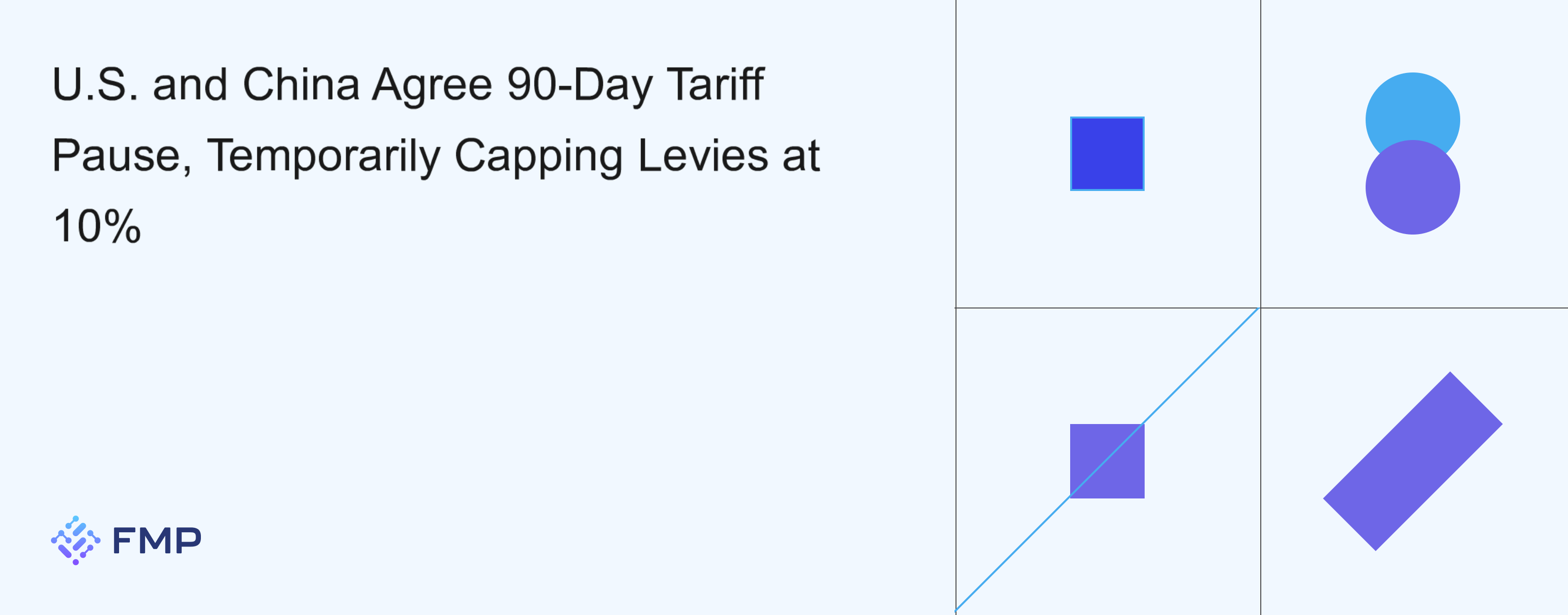
After intense weekend negotiations, the United States and China have agreed to suspend escalating tariffs for 90 days, reducing most reciprocal duties to 10%—a major de-escalation following months of tit-for-tat trade measures.
Details of the Agreement
U.S. tariffs on Chinese goods: Slashed from highs of 145% on selected items to 10%, with the exception of a 20% levy tied to China’s alleged role in fentanyl trafficking.
Chinese duties on U.S. imports: Cut from 125% back to 10%.
Duration: 90-day pause, during which both sides will explore broader trade and economic issues.
Treasury Secretary Scott Bessent emphasized that neither delegation sought “decoupling” of their economies and praised the newly established mechanism for preventing further tariff hikes.
Market Reaction
Investors greeted the news with relief:
U.S. stock futures extended gains, reflecting renewed risk appetite.
U.S. dollar strengthened against major currencies, while China’s yuan climbed on expectations of reduced economic friction.
With both sides planning additional working-level consultations, markets will watch for progress on specific sectors such as agriculture, technology, and intellectual property.
Why This Matters
The tariff pause buys time for negotiators but leaves core disputes unresolved. Key areas under discussion include:
Agricultural purchases: U.S. demands for increased Chinese imports of American farm goods.
Technology transfers: Protecting intellectual property while allowing technology collaboration.
Enforcement mechanisms: Ensuring both sides adhere to any new commitments.
Track Upcoming Trade-Related Events
To stay on top of forthcoming negotiations, economic data releases, and tariff reviews, investors can monitor the Economics Calendar API for real-time updates on U.S. and China economic indicators, trade balance reports, and policy announcements.

